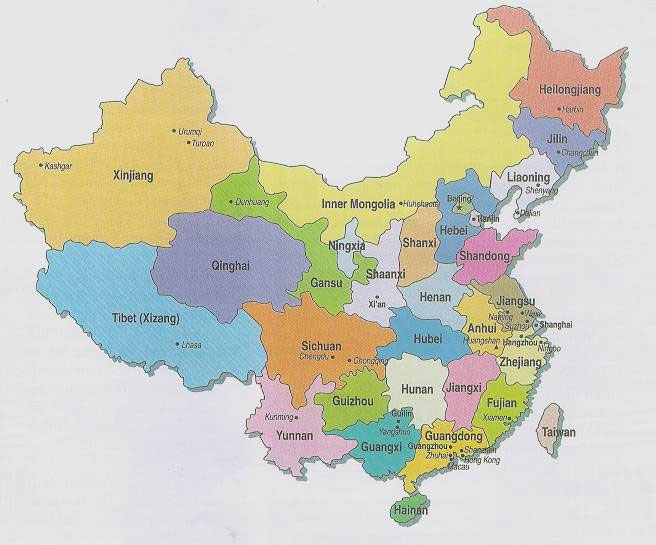
The H7N9 virus, a mutation of three viruses, is nothing like the previous H5N1 avian influenza. This new H7N9 virus shows few, if any, visible symptoms in birds unlike the H5N1 which was very symptomatic wiping out large flocks. This ability to “hide”, making it much harder to track in farmed and wild avian populations, is of great concern to scientists and health officials. Since the H7N9 virus is virtually asystematic among the avian population it is impossible to know how far the virus has spread … “you can’t tell where it is without testing the birds directly” ~ Besser, USCDC.“The key to controlling the number of H7N9 patients depends on whether the virus can spread among human beings,” said Wu Fan, director of the Shanghai Municipal Center for Disease Control and Prevention, at a news conference last Friday, according to Xinhua. “So far we haven’t found any cases that show this kind of virus can spread from people to people. ”The World Health Organization (WHO) has confidence in China’s efforts to track and control the outbreak, its representative in Beijing – Dr Michael O’Leary, said, and was “very satisfied and pleased with the level of information shared”.
H7N9 Viral Outbreak Map
Resources: http://www.cdc.gov/flu/avianflu/h7n9-virus.htm
H7N9 Viral Outbreak Map
Resources: http://www.cdc.gov/flu/avianflu/h7n9-virus.htm
First H7N9 case in Shandong Province confirmed on April 23 (reported on April 22 as a “suspected case”): 36-year-old male patient from Zaozhuang, Shandong Province – Critical condition.
More than 40% of the H7N9 cases involve victims that have not handled poultry, yet authorities continue to say there has been no confirmed person-to-person transmission of the H7N9 flu. Suspicions of human-to-human transmission begin to rise.